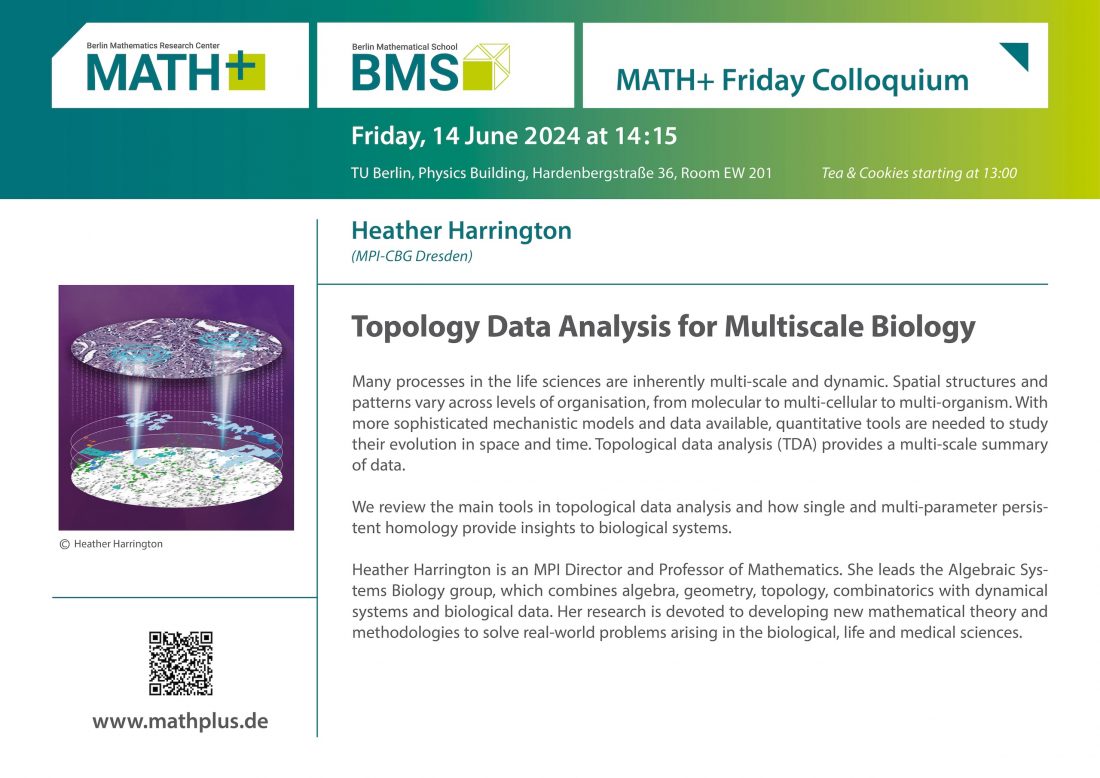
“Math Through the Ages”: An Engaging Historical Journey Worth Discovering
Within the vibrant and diverse domain of intellectual history, the narrative of mathematics provides a distinctly profound viewpoint. It transcends merely being a sequential record of breakthroughs and formulas; rather, it tells a tale of human inquisitiveness, ingenuity, cultural exchange, and the transforming frameworks that shape our comprehension of the universe. William P. Berlinghoff and Fernando Q. Gouvêa’s Math Through the Ages: A Gentle History for Teachers and Others offers a well-organized, scope-minded, and pedagogically sound introduction to this compelling account.
A Pedagogical Advancement: Structure and Methodology
What distinguishes Math Through the Ages from various single-volume histories of mathematics is its format. Instead of a linear chronological account, the book commences with a brief general overview named “The History of Mathematics in a Large Nutshell,” followed by 30 independent “sketches”—concise examinations of certain themes, concepts, or breakthroughs in mathematics. This module-based structure enhances accessibility, making it perfect for beginners, educators, and casual readers alike, enabling each individual to tailor their exploration of mathematical history.
Far from trivializing the topic, this structure acknowledges the intricacy of its subject matter while delivering clarity and relevance to its target audience—mainly high school and college students, educators, and lifelong learners.
The Large Nutshell: An Impressive Introductory Guide
The book kicks off with its “Large Nutshell” overview of global mathematical advancements. In this section, Berlinghoff and Gouvêa provide a swift yet relatively comprehensive journey through Mesopotamian, Egyptian, Chinese, Greek, Indian, and Islamic mathematical traditions, before concentrating on the surge of mathematical innovation in Renaissance and post-Renaissance Europe. This summary effectively conveys the global and temporal scope of the discipline, although it is necessarily selective in particulars due to spatial limitations.
While inevitably some areas and historical connections are only lightly touched upon or omitted entirely, the synopsis delivers a clear sense of the vastness of mathematical history and well prepares readers for more in-depth examinations in the thematic sketches.
The Sketches: Treasures of Explanatory Learning
Each of the 30 sketches presents a self-contained investigation of a specific mathematical idea or historical moment. Topics span from symbolic notation and zero to conic sections, Curry’s paradox, projective geometry, complex numbers, and fundamental theorems. This variety ensures a broad representation of mathematical thought across different eras and cultures.
These sketches are notable for their clarity, conciseness, and educational value. Each serves as a unit for teaching and discussion, often cross-referenced with other sketches that provide additional context or broaden the narrative. The authors also include annotated bibliography entries for every topic, aiding further exploration.
However, as with any expansive narrative, some sketches contain historical inaccuracies or pedagogical errors worth mentioning.
Strengths: Context, Clarity, and Accessibility
– Welcoming Authorization: The tone succeeds in being both welcoming and rigorous without overwhelming a general audience. This is no small achievement when addressing topics as conceptually and historically complex as symbolic algebra, the emergence of zero, or systems of complex numbers.
– Historical Scope: The book makes a commendable effort to emphasize non-European mathematical contributions—especially from India and the Islamic realm—thereby presenting a more balanced narrative than many older Western-centric histories.
– Bibliographic Integration: The use of numbered bibliography entries as topical references within the sketches is an excellent feature. It clearly directs students to more advanced or detailed sources.
– Affordability and Availability: As a widely accessible Dover reprint priced around $18, the book is both attainable and economical for general academic or personal enrichment.
Weaknesses and Missteps: Accuracy and Depth
Despite its various strengths, the book’s occasional historical inaccuracies and oversimplifications undermine its effectiveness in certain areas:
– Zero and Brahmagupta: The authors credit Mahāvīra with the recognition of zero as a number in the 9th century, neglecting the more significant contributions of Brahmagupta from two centuries prior. Brahmagupta’s 7th-century text Brāhmasphuṭasiddhānta explicitly delineates operations involving zero in ways that would not be surpassed until modern arithmetic—a notable lapse.
– Negative Numbers Double Standard: In the section on negative numbers, Brahmagupta is rightly acknowledged for his contributions, yet the earlier omission of his work on zero creates a misleading sense of historical progression.
– Complex Numbers and Cardano: The discussion regarding complex numbers, particularly in the segment on cubic equations, glosses over Gerolamo Cardano’s substantial engagement with mathematical complexity. The omission of the full implications of Cardano’s exploration of imaginary roots—especially his mechanical operations with conjugate pairs—creates a distorted view of conceptual advancement.
– Sketch on Computers: This sketch is arguably the most flawed. Among the issues:
‒ Misrepresentation of Leibniz’s Stepped Reckoner as binary (it utilized decimal).
‒ Over-simplified